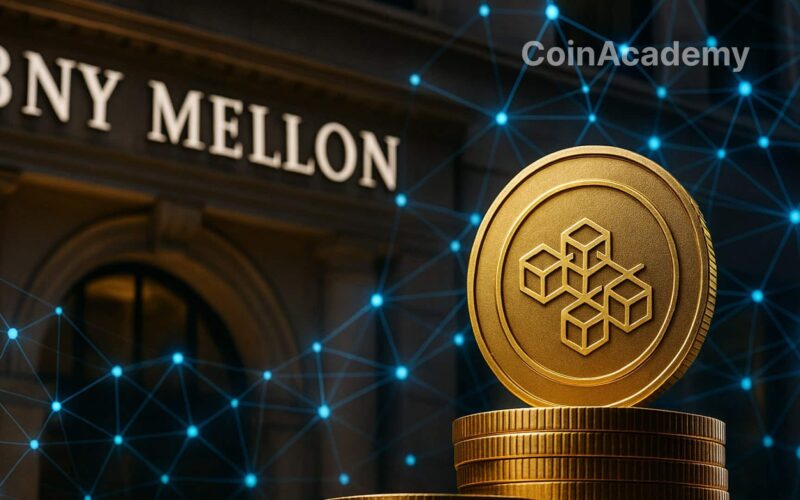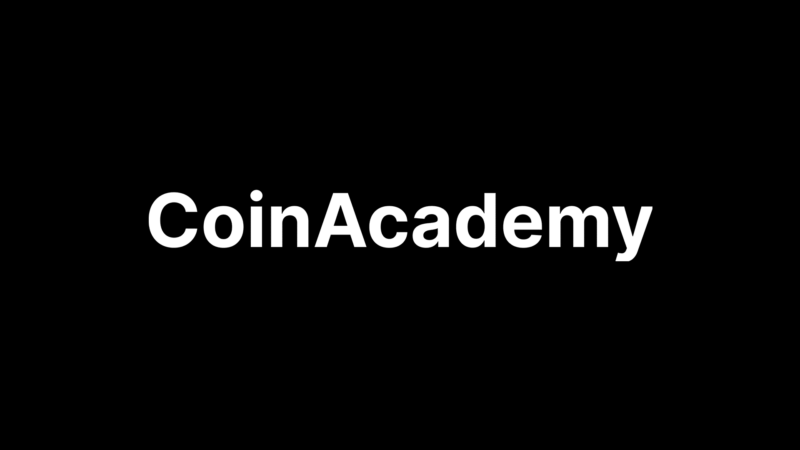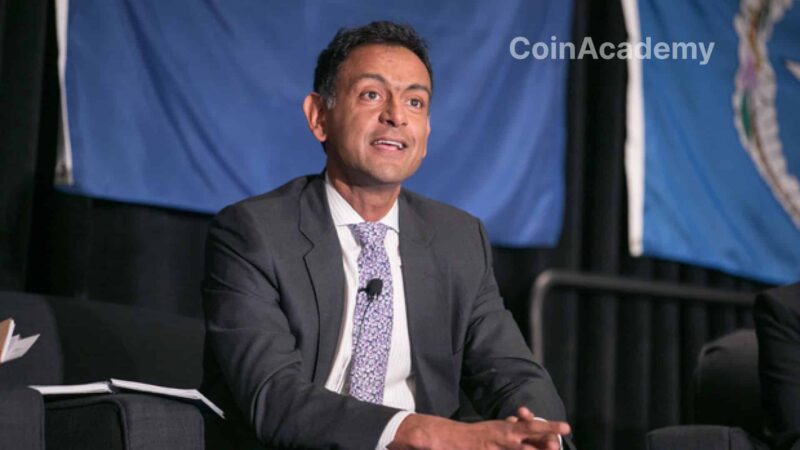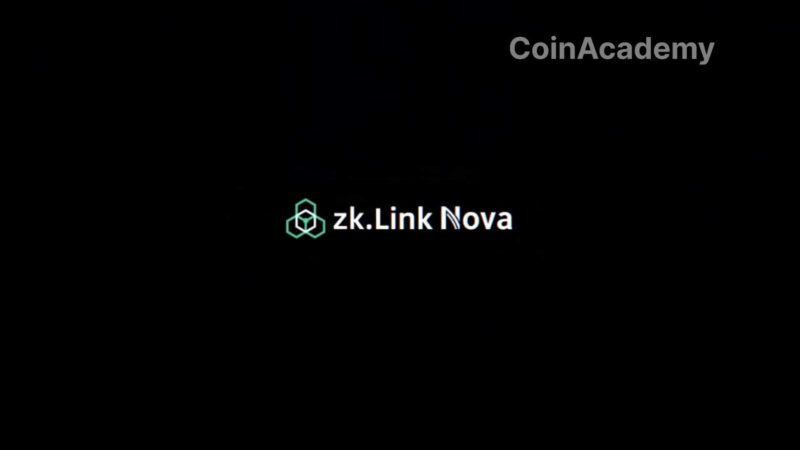BNY Mellon, the world’s largest custodian bank with over $55.8 trillion in assets under custody, is testing a major innovation: tokenized deposits. The goal is clear, to modernize a payment infrastructure that has been around for decades and align with the blockchain finance revolution.
A overhaul of a $2.5 trillion per day system
Every day, BNY Mellon processes over $2.5 trillion in payments worldwide. Currently, these transactions go through a maze of interbank systems and settlement delays. With tokenized deposits, these flows could become almost instantaneous, while drastically reducing transaction costs.
The tokens would directly represent client deposits and circulate on a blockchain, enabling immediate settlement finality and full traceability of transactions.
Carl Slabicki, head of global payments at BNY, states that this technology could help banks “overcome legacy constraints” of traditional systems, by streamlining internal transfers before extending the model to the entire financial system.
Tokenization, the new battleground for banking giants
BNY Mellon is not alone in this race. JPMorgan launched its own interbank token, JPMD, on Coinbase’s Base blockchain as early as June. In Europe, nine major banks are currently developing a euro stablecoin compliant with MiCA, a key step towards regulated adoption of digital deposits.
This summer, BNY Mellon partnered with Goldman Sachs to offer tokenized money market funds to clients, a sign that tokenization is gaining ground in traditional asset management.
CEO Robin Vince has reiterated: the bank is not looking to rush into consumer crypto, but to integrate blockchain where it creates clear value, speed, security, and transparency in global payments.
The sign of a structural shift
The stakes go beyond mere technical experimentation. If BNY Mellon succeeds in industrializing these tokenized deposits, it could reinvent the core of the global banking system, bringing traditional finance closer to the blockchain ecosystem.
After years of skepticism towards crypto, major banking institutions now seem to agree on one thing: blockchain is no longer an option, but a necessity.
And when the oldest American banking institution starts tokenizing the currency it has held for over two centuries, the entire industry feels that change is inevitable.




